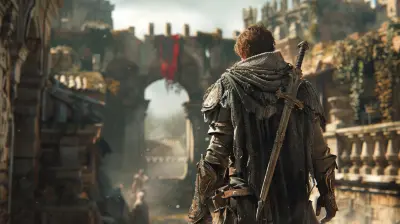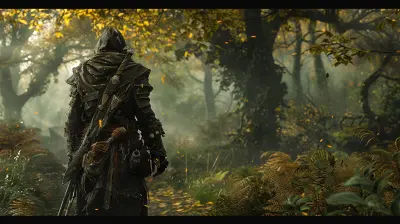How In-Game Economies Shape Player Behavior
20 November 2025
Video games aren't just about shooting enemies, building empires, or chasing high scores anymore. These days, many games have their own fully functioning economies — complete with currencies, marketplaces, supply & demand systems, and more. And believe it or not, these in-game economies aren’t just background decorations. They play a massive role in shaping how you play the game, how long you stick around, and even how you interact with other players.
Let’s dive into how these digital economies impact player behavior. Whether you're flipping items in an MMORPG auction house or grinding for gold in a mobile game, chances are, the game's economy has already influenced your decisions more than you think.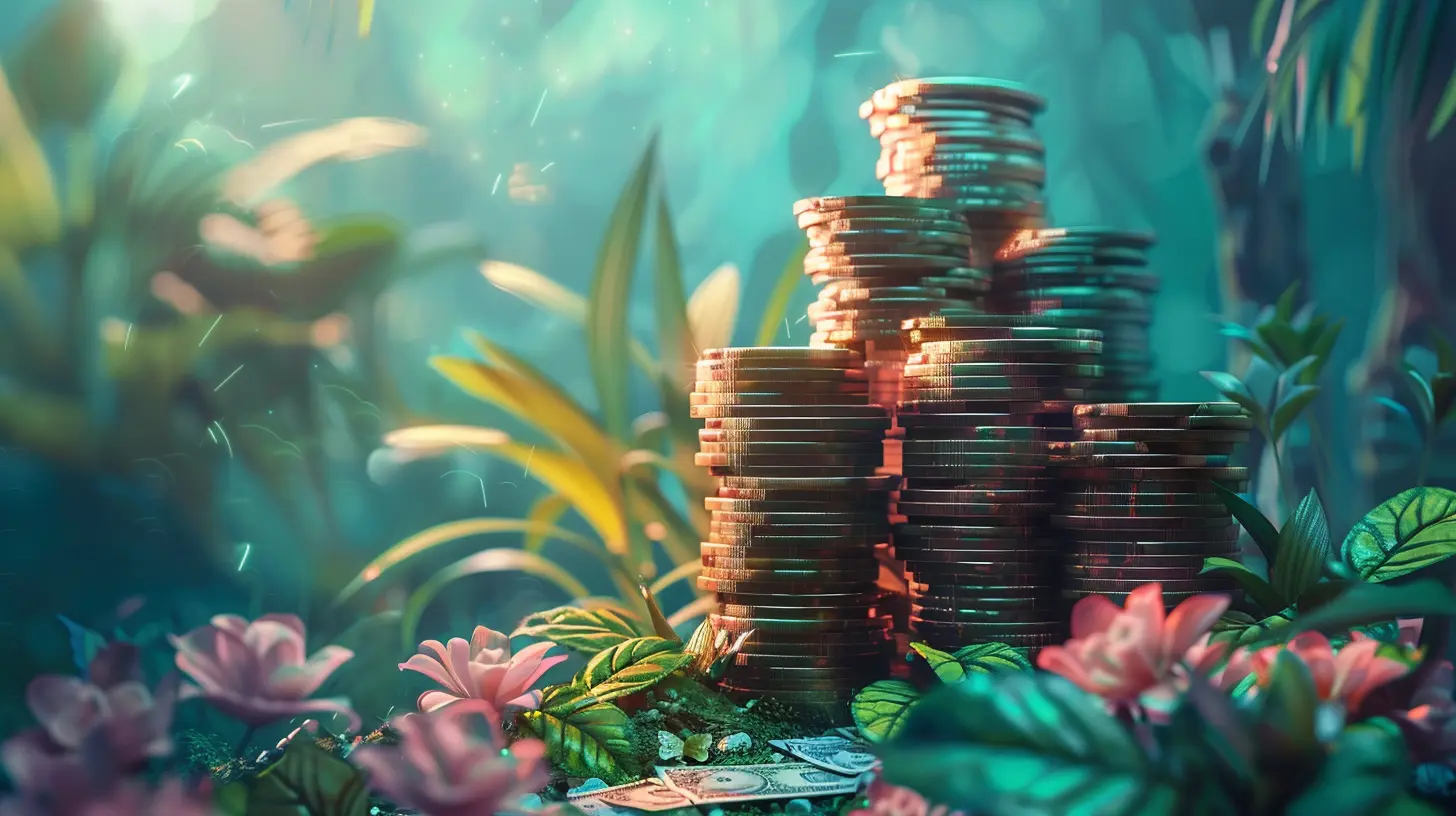
What Is an In-Game Economy, Anyway?
First, let's break it down. An in-game economy is just like a real-world one — only it exists purely in the virtual space. Instead of dollars and cents, you might be trading in gold coins, V-Bucks, or Apex Coins. Items, weapons, skins, crafting materials — all of these become commodities with value. That value can be set by the game developer or shaped by the players themselves through player-driven markets.Some games keep it simple with earn-and-spend systems. Others go full-on capitalism, letting players buy, sell, and trade with each other, creating marketplaces that sometimes feel more complex than Wall Street.
Why In-Game Economies Matter More Than You Think
At a glance, it might seem like in-game economies are just a side feature. But if you've ever found yourself grinding for hours just to afford that one legendary sword or rare cosmetic skin, then you’ve already seen how the economy influences your behavior.In-game economies:
- Set goals and rewards
- Create scarcity (which builds desire)
- Encourage or discourage social interaction
- Influence time spent playing
- Shape community and competition
Now let’s look at how this happens.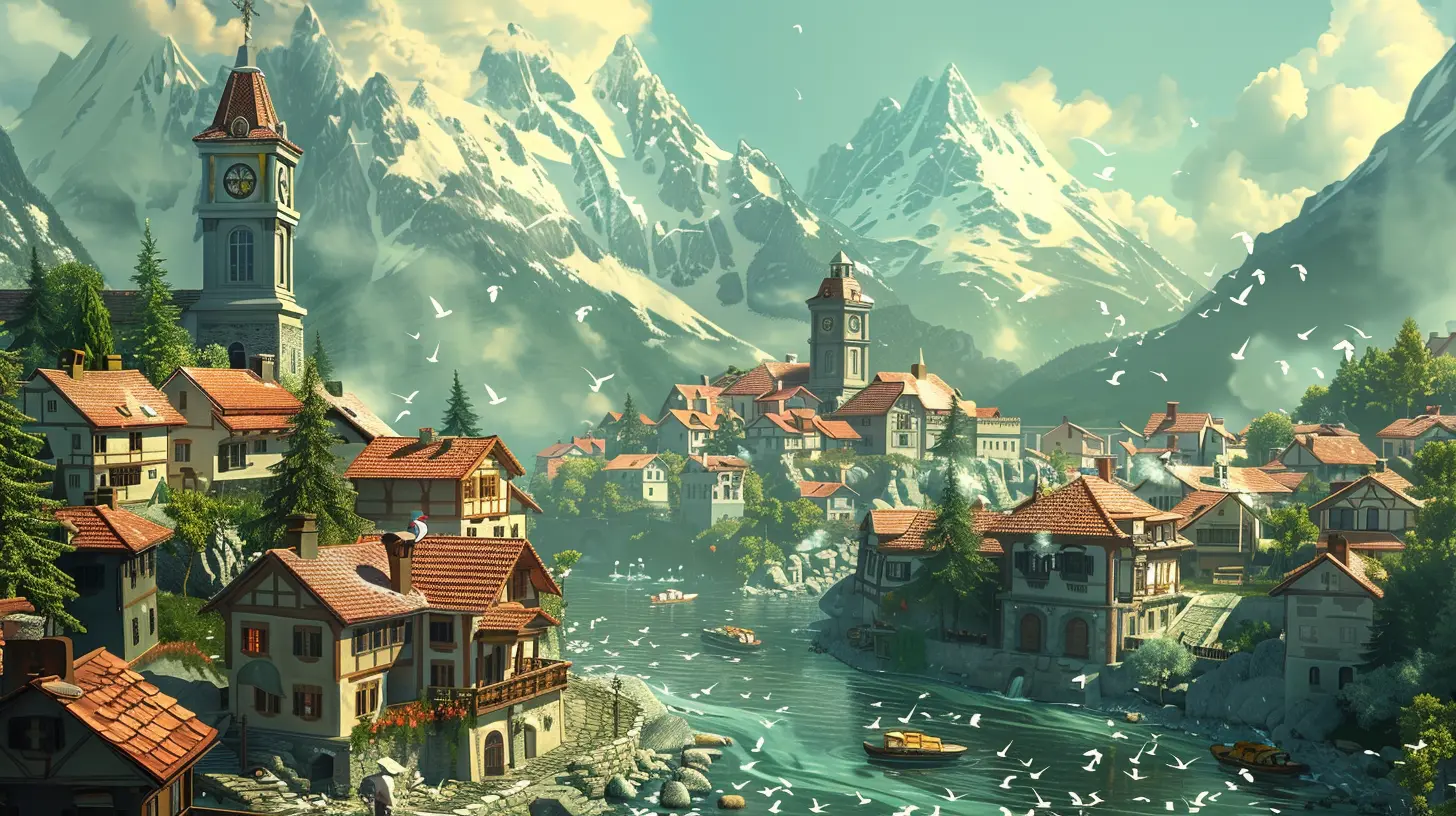
Grinding: The Classic Economic Loop
Let’s talk about grinding — the act of repeatedly doing a task to earn in-game rewards. Sound familiar? Yeah, that’s the economy at work.Games design their economies to make certain items rare or expensive. That way, you’re more likely to keep playing to "afford" them. Whether it's gold in World of Warcraft or credits in Warframe, the loop is the same: play — earn — spend — repeat.
Why does this work so well? Simple: the human brain loves goals and hates FOMO. If you know a limited-time item is only available for a week, you're more willing to sink hours into the game. The economy taps into your psychology to keep you hooked.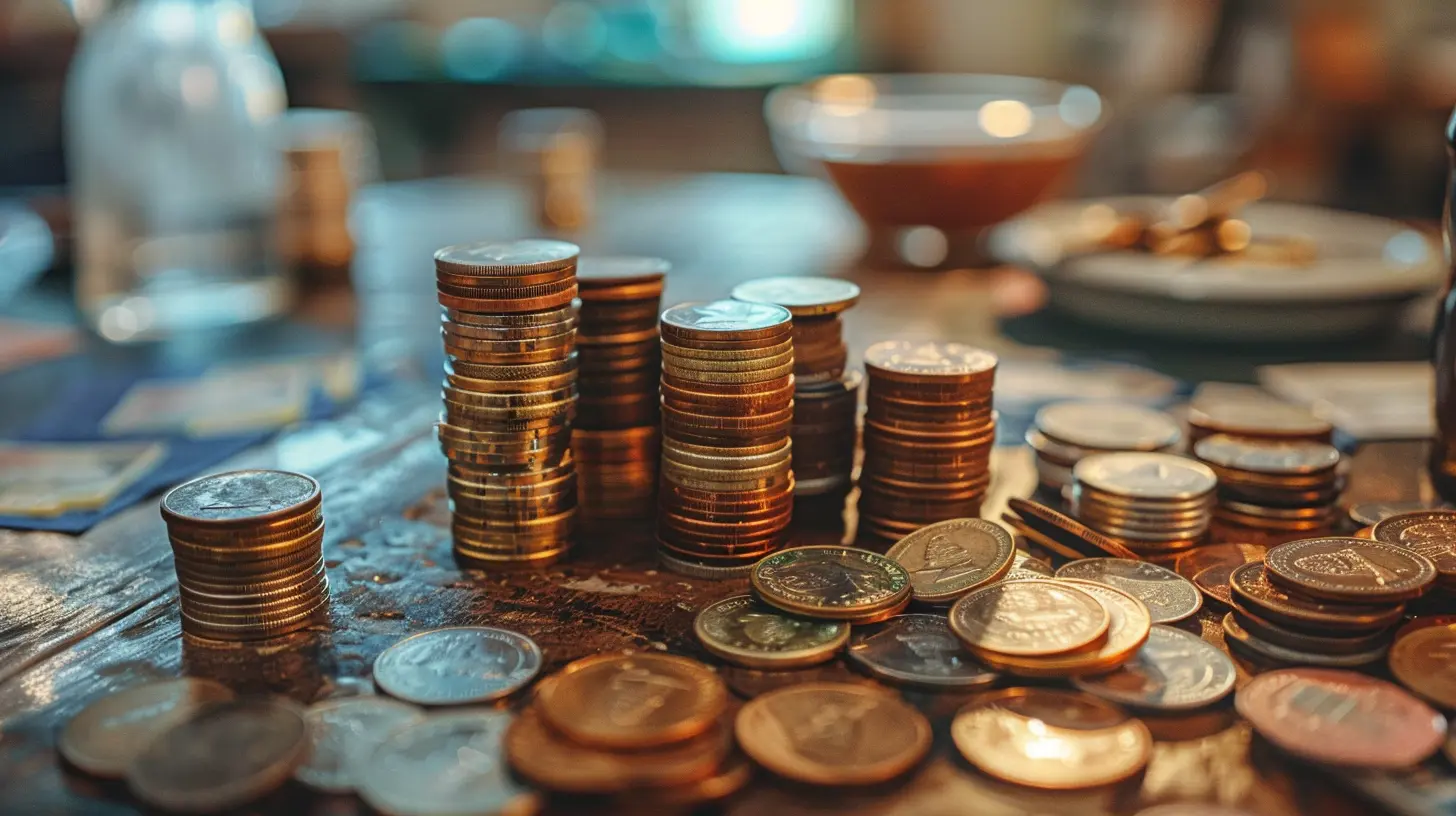
Scarcity Creates Value (And Drives Behavior)
Let’s say a certain sword in a role-playing game is super rare. Not because it’s the strongest — but because there’s only a small chance of getting it. BAM! Instant prestige item.This is classic artificial scarcity. It makes items feel valuable, which makes players like you grind for them, trade for them, or flat-out obsess over them. The rarer something is, the more you'll want it — and the more time (or money) you’re willing to invest.
Games like Diablo, Path of Exile, and RuneScape have thrived on this system for years. The rarest drops don't just make your character stronger — they make you feel like you've won the lottery.
Player-Driven Economies: The Wild West of Gaming
Some games let players run the market — literally. Player-driven economies mean that supply and demand are determined by how players buy and sell items to each other. Think of it like eBay, but inside a game.Examples? EVE Online, Old School RuneScape, and even GTA Online to some extent. In these games, players can become merchants, traders, or economic powerhouses without ever firing a shot. That creates a whole new gameplay loop where making money IS the game.
The coolest part? These economies respond to player actions. If bots flood the market with a certain item, prices crash. If a high-level boss gets nerfed and its loot becomes rare, prices skyrocket. It’s dynamic, reactive, and frequently chaotic — in the best way.
Cash Shops and Microtransactions: The Real-World Crossover
Ah yes, the controversial part. When real money enters the game economy, things start to change — fast.Free-to-play games make their real money from microtransactions. That means they design their economies to push players toward spending cash to save time. Suddenly, instead of grinding for hours, you could just throw down $10 and get that premium skin or loot box.
Games like Fortnite, Genshin Impact, and Apex Legends have mastered this. They offer premium currencies, time-limited cosmetics, and battle passes — all wrapped in FOMO-inducing packaging.
While these systems aren’t inherently bad (especially if they’re cosmetic only), they do influence behavior. Players who might’ve been happy playing casually are nudged into spending money, just to keep up.
The Fear of Missing Out (FOMO) Strategy
Let’s say there's a Halloween-themed item in a game and it's only available for a week. Guess what? You’re logging in and doing whatever it takes to get it before it disappears forever.That’s FOMO, and game developers know exactly how to use it.
Time-gated events, seasonal currencies, exclusive drops — they all create urgency. And urgency leads to more logins, longer playtimes, and often, more spending. It’s a powerful behavioral tool, and it’s entirely rooted in how the economy is structured.
Social Behavior and the Economy
Ever joined a guild just to get access to better items? Or maybe you’ve offered to help a friend farm materials because they’ll trade you something in return?Yep — that’s the in-game economy shaping your social circle.
Economically-driven cooperation is surprisingly common. Players form alliances, share resources, and even start entire trading communities. In some cases, the strongest friendships (and the most toxic rivalries) are born over rare items or heated market competition.
And let’s not forget flex culture. People love to show off rare skins, mounts, or weapons — not just for status, but to express their in-game identity. That’s social behavior influenced by economic rarity and value.
Inflation, Deflation, and Economic Crashes
This might sound boring — but hear me out.In-game economies can suffer from inflation, just like real ones. If too much currency floods the system (think: gold farming or exploits), prices on everything rise. New players can’t afford items, and veterans hoard wealth.
On the flip side, deflation can tank item prices, making your hard-earned goods worthless. This often happens when a game introduces too many easy ways to get formerly rare items.
Some games try to combat this with “gold sinks” — like repair costs, auction house fees, or crafting taxes. It’s all meant to keep the economy stable and functional.
Honestly, some developers now hire actual economist consultants to manage this stuff. Wild, right?
When the Economy IS the Game
Some players don’t care about combat or story. For them, the economy IS the gameplay. They flip items, speculate on price trends, and corner markets. They’re like day traders — but in Azeroth or New Eden.In games like EVE Online, entire corporations thrive on economic warfare. They produce ships, manage supply chains, and manipulate markets. It’s not just a side activity — it’s the whole game.
And for players who enjoy strategy, planning, and numbers more than button-mashing? That's a dream come true.
The Dark Side: Pay-to-Win and Exploitation
Not all economic systems are created equal.Some games cross the line into “pay-to-win” territory — where players who spend real money gain competitive advantages over those who don't.
This creates two classes of players: the paying elite and the grinding masses. And frankly, it sucks the fun out of the game for many. Competition becomes uneven, and the sense of achievement starts to erode.
Worse, some economies are ripe for exploitation — like gold farming, botting, or item duplication. These can ruin the in-game balance, drive players away, and even get games shut down if developers lose control.
That’s why maintaining a healthy in-game economy is just as important as balancing weapons or fixing bugs.
Final Thoughts: Economies Guide, Shape, and Define Gameplay
At the end of the day, every game with items, currency, or crafting systems has an economy — and that economy shapes your every move. Whether you're chasing rare loot, flipping items for profit, or deciding whether to grind or pay, the economic system decides what’s valuable and what’s not.It’s a subtle, powerful force that turns everyday gameplay into a living, breathing simulation of value, trade, and ambition.
So next time you're playing your favorite game, stop and ask yourself: am I playing the economy... or is it playing me?
all images in this post were generated using AI tools
Category:
In Game EconomyAuthor:

Jack McKinstry
